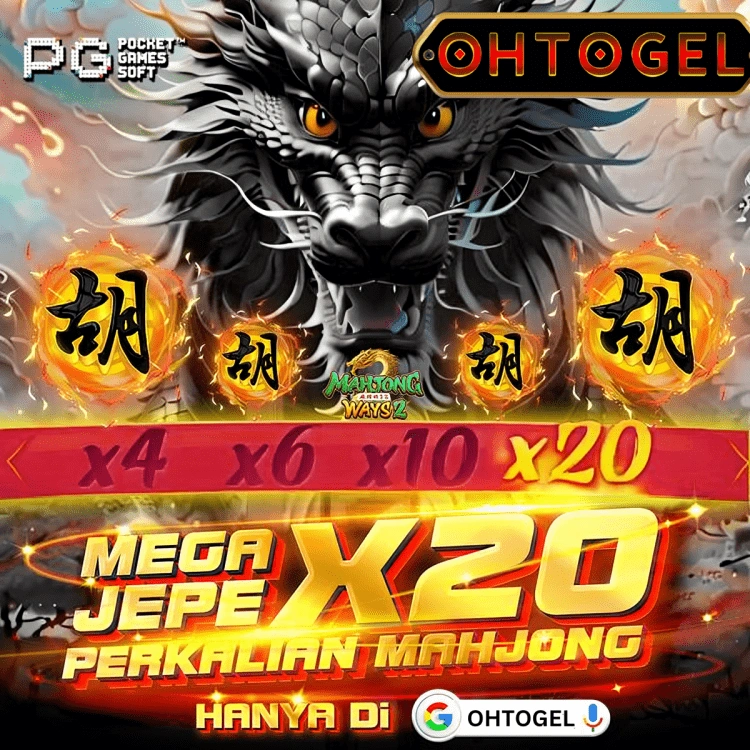The Timeless Allure of PlayStation Games and PSP Adventures
Few gaming platforms have maintained as strong a legacy as PlayStation. For decades, it has delivered some of the best games that combine engaging gameplay, intricate storytelling, and technical innovation. From the original PlayStation to the latest consoles, the platform has continually evolved to sisil4d meet the demands of modern gamers. Meanwhile, the PSP offered a unique portable alternative, giving players console-quality experiences on the go. Together, PlayStation and PSP games have created a legacy that continues to influence the gaming industry.
PlayStation games are often celebrated for their diversity. Whether it’s action-adventure titles like Uncharted and Spider-Man, role-playing games such as Final Fantasy VII Remake, or racing and sports titles like Gran Turismo and FIFA, there is something for every gamer. These games combine narrative depth, immersive worlds, and innovative gameplay mechanics, which is why they are consistently considered some of the best games in gaming history. The platform’s versatility ensures players can enjoy everything from cinematic epics to fast-paced competitions.
The PSP introduced the idea that portable gaming could be as deep and rewarding as home consoles. PSP games like Crisis Core: Final Fantasy VII, Monster Hunter Freedom Unite, and God of War: Chains of Olympus offered immersive worlds and challenging gameplay in a handheld format. Other titles like LocoRoco and Patapon experimented with unconventional gameplay and unique artistic design, proving that the PSP was not just a portable console, but a platform for innovation. These games remain memorable due to their creativity and ability to engage players in a compact form factor.
Community and multiplayer experiences have played a major role in PlayStation games’ enduring popularity. Modern PlayStation titles often feature online multiplayer, enabling players to cooperate or compete globally. Even the PSP, though limited in online functionality, allowed local ad hoc multiplayer, fostering passionate communities. These interactions give players additional ways to enjoy games, turning solitary experiences into shared adventures. Social gameplay has become a defining feature of the PlayStation ecosystem.
Innovation continues to define the PlayStation experience. Motion controls, virtual reality, open-world environments, and advanced AI have all been explored in console games, creating unique ways to engage players. PSP games also showcased inventive mechanics, with rhythm-based gameplay, side-scrolling innovation, and portable multiplayer experiences that influenced future handheld devices. This willingness to experiment ensures that PlayStation continues to produce games that feel fresh and exciting.
Replayability is another factor that sets PlayStation and PSP games apart. Many titles encourage multiple playthroughs, include side quests, and feature unlockable content to keep players engaged long after completing the main story. Classic PlayStation games are often remastered or re-released digitally, ensuring new generations can experience these titles. PSP games maintain a loyal fan base, demonstrating the lasting appeal of handheld adventures.
Ultimately, PlayStation and PSP games represent more than just entertainment. They offer immersive worlds, memorable stories, and innovative gameplay that remain relevant across generations. Whether revisiting handheld classics or exploring modern console hits, players experience the creativity and passion that have defined the PlayStation brand for decades. For anyone seeking the best games in gaming history, PlayStation continues to be a symbol of quality, innovation, and timeless appeal.





